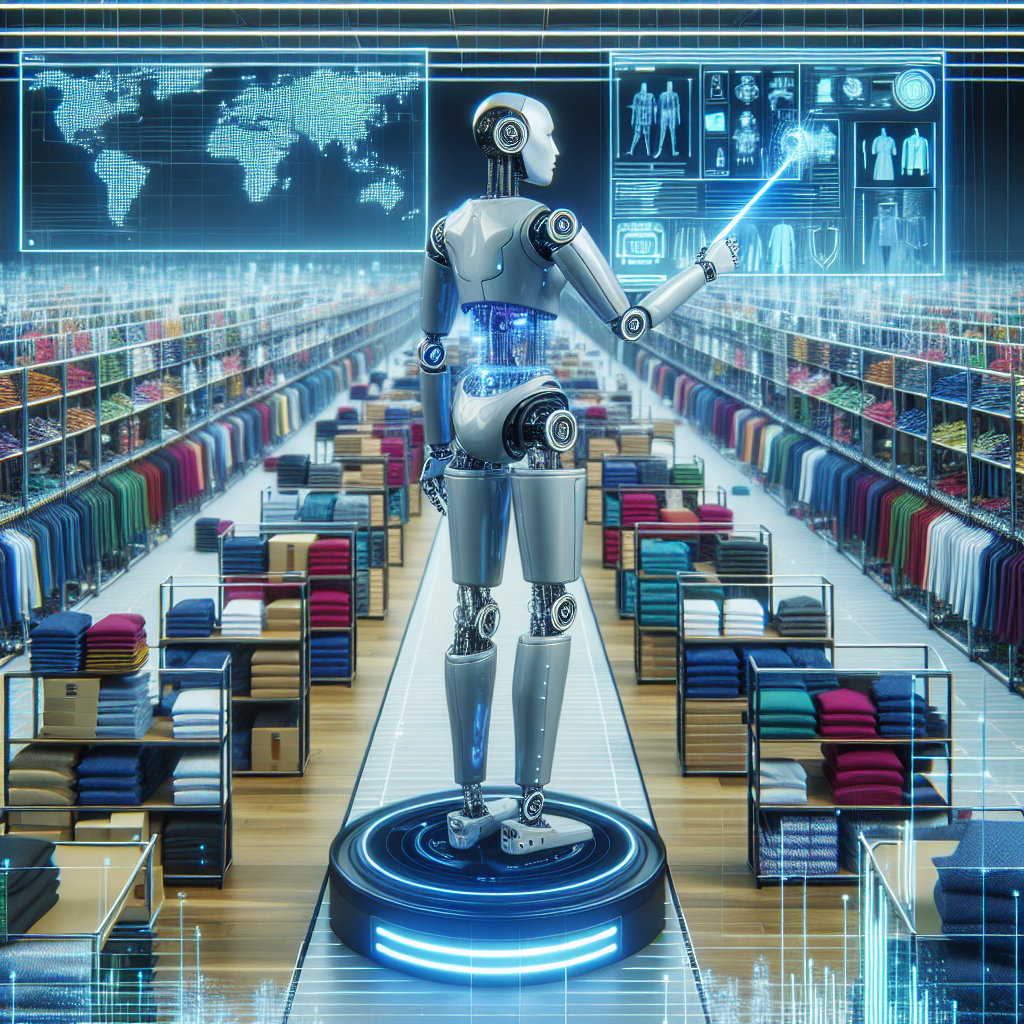The Impact of AI on Fashion Supply Chain Management
The fashion industry is constantly evolving, with new trends emerging at a rapid pace. As such, supply chain management in the fashion industry has become increasingly complex, with the need for speed, efficiency, and accuracy more important than ever. This is where artificial intelligence (AI) comes into play, revolutionizing the way fashion companies manage their supply chains.
AI has the potential to transform every aspect of the fashion supply chain, from production and inventory management to distribution and customer service. By leveraging AI technology, fashion companies can streamline their operations, reduce costs, and improve overall efficiency. In this article, we will explore the impact of AI on fashion supply chain management and how it is reshaping the industry.
1. AI in Production Planning
One of the key areas where AI is making a significant impact in the fashion supply chain is in production planning. Traditional production planning methods are often time-consuming and error-prone, leading to delays and inefficiencies in the supply chain. AI-powered algorithms can analyze historical data, market trends, and customer demand to optimize production schedules and minimize lead times.
By using AI in production planning, fashion companies can better forecast demand, allocate resources more effectively, and reduce the risk of overproduction. This not only helps to improve efficiency but also reduces waste and environmental impact. As a result, fashion companies can produce the right amount of inventory at the right time, leading to cost savings and increased customer satisfaction.
2. AI in Inventory Management
Inventory management is another area where AI is making a significant impact in the fashion supply chain. Traditional inventory management systems rely on manual processes and human judgment, which can be prone to errors and inefficiencies. AI-powered systems, on the other hand, can analyze vast amounts of data in real-time to optimize inventory levels, reduce stockouts, and minimize excess inventory.
By using AI in inventory management, fashion companies can improve forecasting accuracy, reduce carrying costs, and increase inventory turnover. This not only helps to improve cash flow but also ensures that the right products are available to customers when they need them. Additionally, AI can help to identify trends and patterns in customer behavior, allowing fashion companies to better anticipate demand and adjust their inventory levels accordingly.
3. AI in Distribution and Logistics
AI is also transforming the way fashion companies manage their distribution and logistics operations. Traditional distribution and logistics processes are often manual and inefficient, leading to delays, errors, and higher costs. AI-powered systems can optimize routing, scheduling, and transportation planning to improve efficiency, reduce lead times, and lower transportation costs.
By using AI in distribution and logistics, fashion companies can improve order fulfillment rates, reduce delivery times, and enhance the overall customer experience. AI can also help to identify bottlenecks in the supply chain, allowing companies to make informed decisions to streamline their operations and improve performance. This not only helps to reduce costs but also improves the agility and responsiveness of the supply chain.
4. AI in Customer Service
Customer service is another area where AI is making a significant impact in the fashion supply chain. Traditional customer service processes are often time-consuming and labor-intensive, leading to long wait times and poor customer satisfaction. AI-powered chatbots and virtual assistants can provide real-time support to customers, answer their queries, and assist them in making purchasing decisions.
By using AI in customer service, fashion companies can improve the overall customer experience, reduce response times, and increase customer loyalty. AI can also help to personalize the shopping experience for customers, offering product recommendations based on their preferences and purchase history. This not only helps to drive sales but also strengthens the relationship between the brand and the customer.
5. FAQs
Q: How can AI help fashion companies improve their production planning?
A: AI can analyze historical data, market trends, and customer demand to optimize production schedules and minimize lead times. By using AI in production planning, fashion companies can better forecast demand, allocate resources more effectively, and reduce the risk of overproduction.
Q: What are the benefits of using AI in inventory management?
A: AI-powered systems can optimize inventory levels, reduce stockouts, and minimize excess inventory. By using AI in inventory management, fashion companies can improve forecasting accuracy, reduce carrying costs, and increase inventory turnover.
Q: How can AI enhance the distribution and logistics operations of fashion companies?
A: AI-powered systems can optimize routing, scheduling, and transportation planning to improve efficiency, reduce lead times, and lower transportation costs. By using AI in distribution and logistics, fashion companies can improve order fulfillment rates, reduce delivery times, and enhance the overall customer experience.
In conclusion, AI is revolutionizing the way fashion companies manage their supply chains, from production planning and inventory management to distribution and customer service. By leveraging AI technology, fashion companies can streamline their operations, reduce costs, and improve overall efficiency. As the fashion industry continues to evolve, AI will play an increasingly important role in shaping the future of supply chain management.

